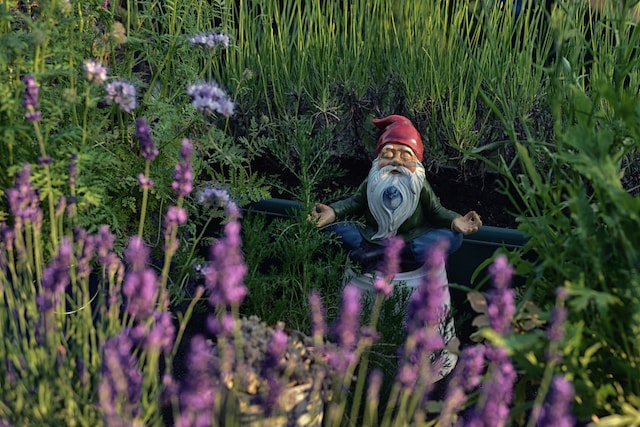Gardening was never my forte. Honestly, I proudly wore the label of a “brown thumb” for most of my life. I’d often cringe at the thought of tending to plants, certain I’d unintentionally send them to an early demise. Little did I know that my journey from reluctant gardener to someone who finds solace in…
mindfulness
Garden Photo Walks for Mindfulness
Much of the time, looking at life through our phones takes us out of the present moment. However, I find that I can use the phone’s camera to practice mindfulness. Garden photo walks are my favorite way of practicing this on a regular basis. What Is Mindfulness? All that I mean by mindfulness is the…

